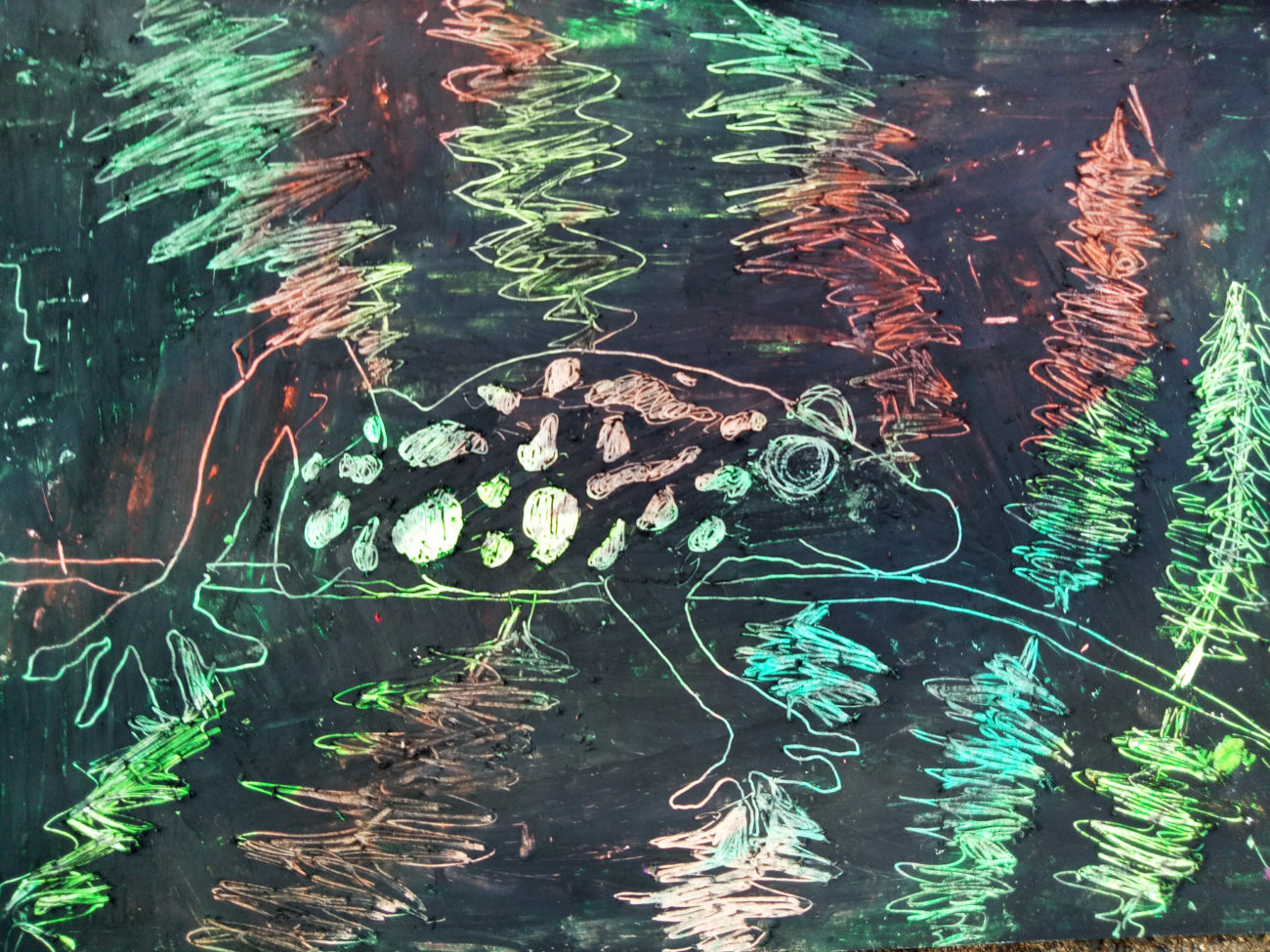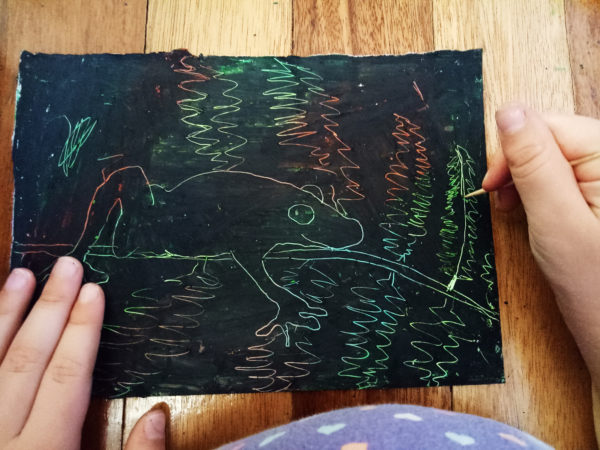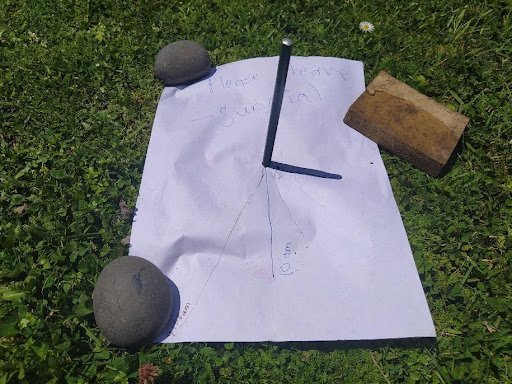Sun 12: Frogs
Frogs live in the space between the worlds of wet and dry. What can we learn from them today?

Below are some talking points and activities to pass the time, all relating to today’s story. If young readers find it tricky; just look at the pictures and read the captions to figure it out.
Talking points
Discuss the ideas presented in the story with your family—at home or over video conferencing. Find ways to involve as many people as possible, especially those who you know are isolated by the lock-down.
- Are you surprised that Archey’s frogs don’t live in water, preferring the forest floor? How about the fact that they produce “froglets” rather than the usual tadpoles? Do you think Archey’s frogs should be more well known?
- Archey’s frogs live for 30 or 40 years and they don’t usually move beyond a square metre in that time. Why do you think they are so happy to stay in one place? What does this fact show us about their feeding methods?
- How will the work at Auckland Zoo help the Archey’s frog populations in the wild? What is challenging about the done by the zoo and other kaitiaki?
- Do you like the idea of a nature area with frogs as the primary focus? Would you find it interesting to visit a place like this? Can you think of any forests or islands that could work for a translocation of Archey’s frogs?
Get creative—”Frog Reveal” Picture
This technique is called “Sgraffito” which comes from the Italian word for “to scratch.” It is like a home-made version of the “scratchies” that are sold at $2 shops.
- Heavily crayon patches of green and brown onto a small piece of paper, covering the entire thing so it looks a bit like army camouflage.
- Then take a black crayon and colour heavily in black over the entire page
- Get a kebab stick, toothpick or sharp stick.
- Scratch the shape of a frog and any leaves you want to put in the background.
- As you scratch, the green and brown will show through.
Send us a picture of your frog art!



















